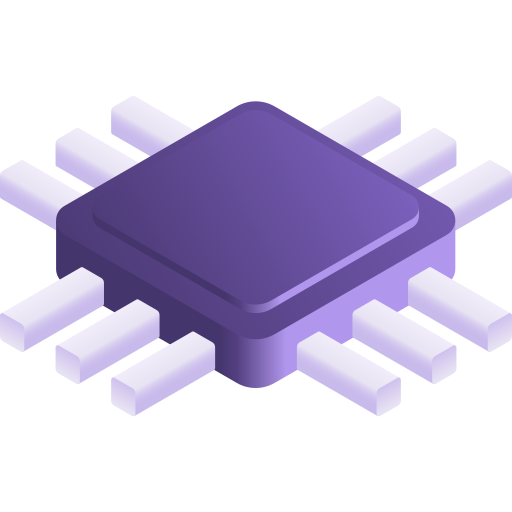- cross-posted to:
- technology@lemmy.zip
- europe@feddit.org
- cross-posted to:
- technology@lemmy.zip
- europe@feddit.org
cross-posted from: https://scribe.disroot.org/post/4164353
Here is the original (and technical) article published by company. …
The system, named the RU1, was unveiled today by Swedish startup TERASi. It’s billed as the world’s smallest and lightest mm-Wave radio, a form of communications that offers blazing-fast speeds and huge bandwidth.
James Campion, the CEO and co-founder of TERASi, describes the portable device as “the GoPro of backhaul radios.”
“RU1 can be deployed in minutes to keep units connected in fast-changing environments,” Campion told TNW. The devices, he continued, can be installed on tripods or drones. Multiple RU1s can then link into a resilient mesh, providing bandwidth for mission-critical applications such as live drone video, autonomous fleet control, and sensor data fusion.
…
In the autumn of 2022, Musk ordered cut coverage during a Ukrainian counteroffensive in Kherson. The move disrupted surveillance drones, artillery targeting, and troop coordination, according to a Reuters investigation.
Later that year, Musk refused a request to activate Starlink near Crimea for a naval drone strike. He was also allegedly asked by Vladimir Putin to limit coverage over Taiwan — as a favour to Xi Jinping.
Terrestrial mesh radio using mmWave. Doesn’t seem to be a practical alternative for residential use.
Yeah. Looks like more oriented towards military use, but I thought there already were similar solutions in use by militaries, albeit for much simpler radio-communication (like analogue voice and stuff).
So, not really a StarLink alternative for everything StarLink provides, but something that should reduce the need for StarLink, in certain scenarios.
For residential use?
Hmm, well if you consider it as “community use”, maybe it can work out.Perhaps one station can have connection to the Internet using Fibre and it can act as a bridge for the “peer-net” made using multiple of these, owned by each person.
How useful/viable it turns out to be, will depend upon pricing and stability. I can think of the following:
- if buildings are fixed, fibre is better
- in non-disaster prone areas, fibre is better, even given the peer-peer model
- for areas with frequent earthquakes, this can be used (similar to WiMAX?)
- this can be better than WiMAX, if the peers’ bandwidth requirements are less than what a single node can provide, meaning they can act as a node for others farther away from the server
- if people want to move around while using this, then this makes more sense
- you will have to factor in additional costs of running relay nodes on drones
- in plains, drones having an extendable tripod should be good enough and would require a much smaller number of relays
- in forested areas, you can have drones perch on top of trees. Either way, prevent requiring continuous hovering
- need to worry about both, wildlife-safety and wildlife-proofing.
- the relay nodes will still require battery-recharges, so that needs to be take in account
- if buildings are fixed, fibre is better


